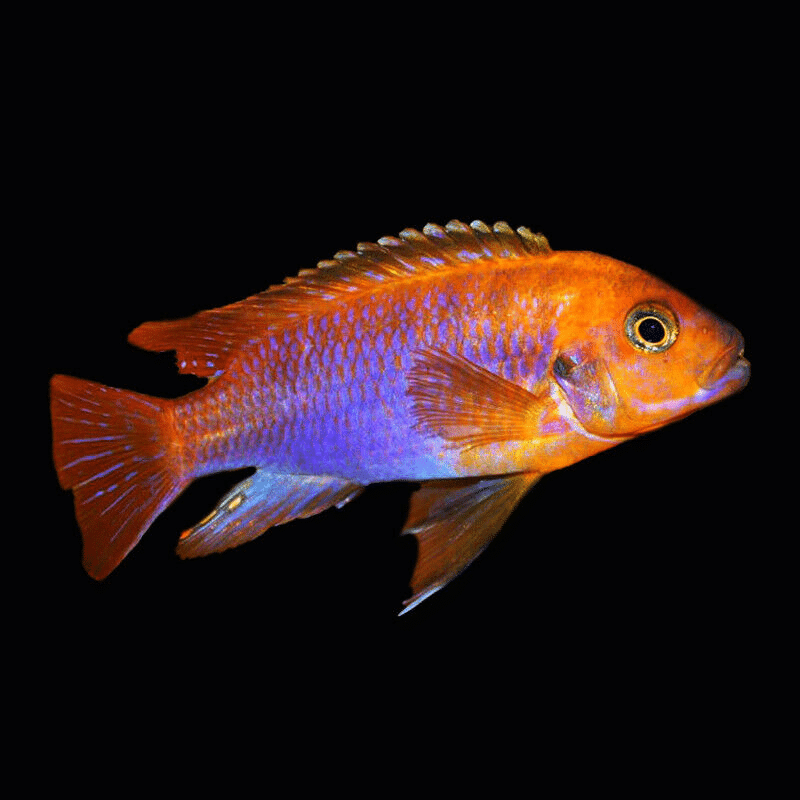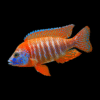To provide the best experiences, we use technologies like cookies to store and/or access device information. Consenting to these technologies will allow us to process data such as browsing behaviour or unique IDs on this site. Not consenting or withdrawing consent, may adversely affect certain features and functions.
The technical storage or access is strictly necessary for the legitimate purpose of enabling the use of a specific service explicitly requested by the subscriber or user, or for the sole purpose of carrying out the transmission of a communication over an electronic communications network.
The technical storage or access is necessary for the legitimate purpose of storing preferences that are not requested by the subscriber or user.
The technical storage or access that is used exclusively for statistical purposes.
The technical storage or access that is used exclusively for anonymous statistical purposes. Without a subpoena, voluntary compliance on the part of your Internet Service Provider, or additional records from a third party, information stored or retrieved for this purpose alone cannot usually be used to identify you.
The technical storage or access is required to create user profiles to send advertising, or to track the user on a website or across several websites for similar marketing purposes.


 Purple Vampire Crab - Geosesarma Dennerle - Decapod Crustacean
1 × £7.74
Purple Vampire Crab - Geosesarma Dennerle - Decapod Crustacean
1 × £7.74 












Emily Carter (verified owner) –
As a passionate aquarium hobbyist, I can’t express enough how much I adore my Rusty Cichlids (Iodotropheus Sprengerae)! I added three of them to my Lake Malawi setup about two months ago, and they have completely transformed my tank. Their vibrant lavender coloration is stunning, especially when they show off their fins during feeding time.
I’ve noticed that they have a wonderfully active and curious nature, which keeps my other freshwater fish engaged as well. These cichlids thrive on a varied diet, and I’ve found that a mix of high-quality pellets and spirulina flake food keeps them healthy and happy.
Compared to other mbuna varieties, I find the Rusty Cichlids to be less aggressive, making them perfect for a community aquarium. Just be mindful to provide plenty of hiding spots with rocks and caves, as they appreciate their own territory. Overall, if you’re looking for a colorful addition to your tropical fish collection, I highly recommend these beauties! They not only enhance the visual appeal but also bring a lively energy to the tank.
I ordered them from this site, and they arrived promptly and in excellent condition. I would definitely buy again, and I encourage fellow fish lovers to give them a try!